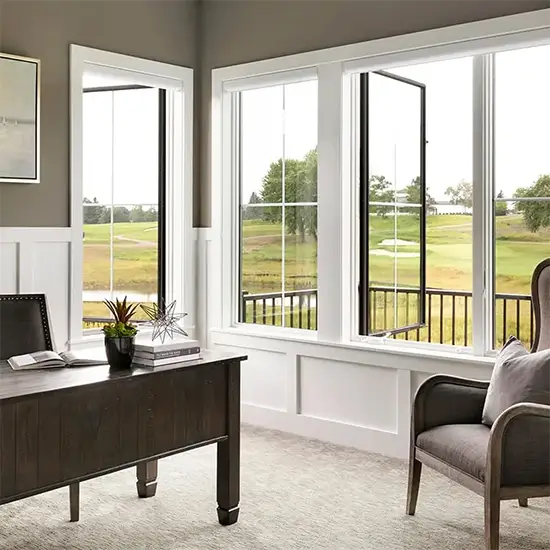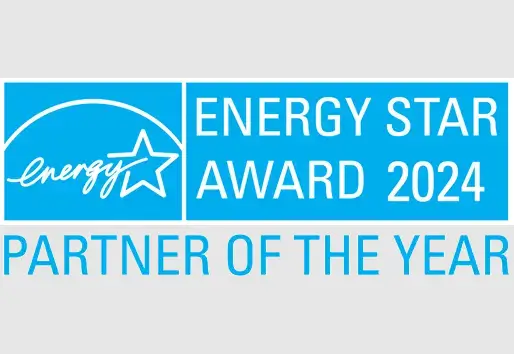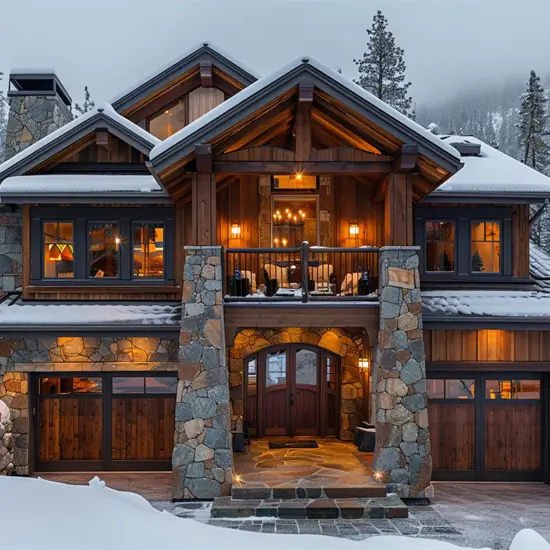
Frame Materials
The choice of frame material is crucial for enhancing energy efficiency. Common materials include wood, vinyl, composite (such as Fibrex® material), and fiberglass. The potential savings and costs can differ significantly depending on the material used and its manufacturing process.
Glass
Opting for double-pane (or dual-pane) glass is more effective for energy efficiency compared to single-pane glass. The airspace between the panes provides an extra layer of insulation against temperature changes. Additionally, Low-E glass is particularly beneficial for energy conservation, as it minimizes the penetration of ultraviolet (UV) and infrared light, thereby reducing heat transfer.
Look for Certification Labels:
How to Read the Label:


Yes! In addition to helping save on your energy bills, replacing and upgrading windows can have a direct impact on the value of your home. Window replacement may not be the most noticeable home improvement project, but its impact on your home’s equity is certain.
According to 2018 data from Remodeling Magazine, the national return-on-investment (ROI) average for wood window replacement is 69.5%, higher on average than popular midrange projects such as a major kitchen remodel (59%), bathroom addition (59.9%) or a backyard patio (47.6%).
According to energystar.gov, ENERGY STAR certified windows can save an average of 12% on energy bills each year1. If windows are single-pane, an estimated savings for ENERGY STAR certified windows is between $101-583 per year. If windows are double-pane, savings estimates range between $27–$197 per year2.
Actual savings will vary based on local climate conditions, window type (single-/double-pane, frame material), utility rates and individual home characteristics.
1Residential Windows, Doors and Skylights. Date accessed September 29, 2020.
2Benefits of ENERGY STAR Qualified Windows, Doors, and Skylights. Date accessed September 29, 2020.


© 2020 Pacific Premier Windows & Doors. All rights reserved.